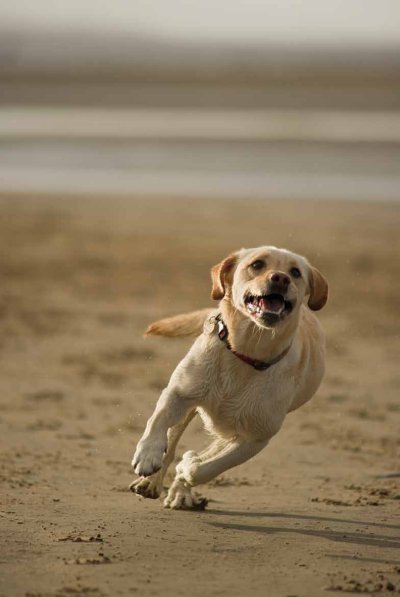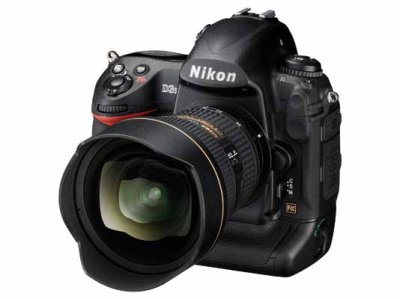Fast Agile Beautiful

McNamee's verdict on the new Nikon D3s

Page 1
The D3S is a recently launched model in the flagship range of Nikon SLRs. It
aims to provide a new, fast option for press, sports and nature photographers
and builds on the established reputation of the D3. With a more modest pixel
count than many cameras of its ilk, the D3S has an ability to keep photographing
in light that was totally impossible until now. The ISO speed range extends
seven stops from 200 – 12,800 with additional modes at either end to extend the
high end to an effective 102,400, with a low end of three settings below 200
ISO. The pixel count of the full-size chip is 12.1 mp (4,256x2,832) which
delivers a 46.5MB cmyk into Photoshop from a RAW file (uncompressed) of about
13.5MB.

The camera delivers everything that you might reasonably expect from a
top-of-the-range model but also includes Live View and 1,280x720/24fps movie
mode.
Although little is made of the features for the wedding photographer, the
abilities at high ISO will be as important as the ground-breaking D3 was – you
can do stuff with this camera that was previously not possible. The movie mode
itself and the ability to extract single frames from a moving sequence opens a
number of possibilities for wedding photographers and we are still exploring the
range of this new freedom.
With impeccable timing, the latest (beta) version of Adobe Camera RAW was made
available for download within a couple of hours of the courier delivering the
test camera and so we were all set for testing right away. The D3S is intuitive
to use for regular Nikon owners and by the end of the first week's testing we
had yet to consult the user manual. The camera was used on a variety of real
assignments, some of which were quite challenging and here is what we found:
Camera Basics
The camera is a full-size DSLR with a built-in battery pack at the base which
also provides another shutter release when shooting vertically. The
all-important CMOS chip is an FX type (23x36mm) with an effective 12.1 million
pixels. The body is a rugged magnesium alloy, comprehensively sealed against
dust and water ingress. The rear viewing screen is 3" and by pressing the
dedicated 'info' button you get a comprehensive view of all the major settings
you have in operation. In addition the screen provides Live View and the
'Virtual Horizon' feature.
Two slots are provided for CompactFlash cards and a single 8GB card allows about
300 images to be shot in RAW mode. Two cards would provide double that number,
or a mirrored backup of your files, or a mix of 'JPEG on one' – 'RAW on the
other'. You may also direct still images to one card and movies to another. The
battery has capacity for a claimed 4,200 frames.
All other features are those you expect with a camera of this class, nothing
seems to be missing as far as we could tell. The flash synchronisation speed is
1/250s.
Page 1 -
Page 2 -
Page 3 -
Page 4 -
Page 5







